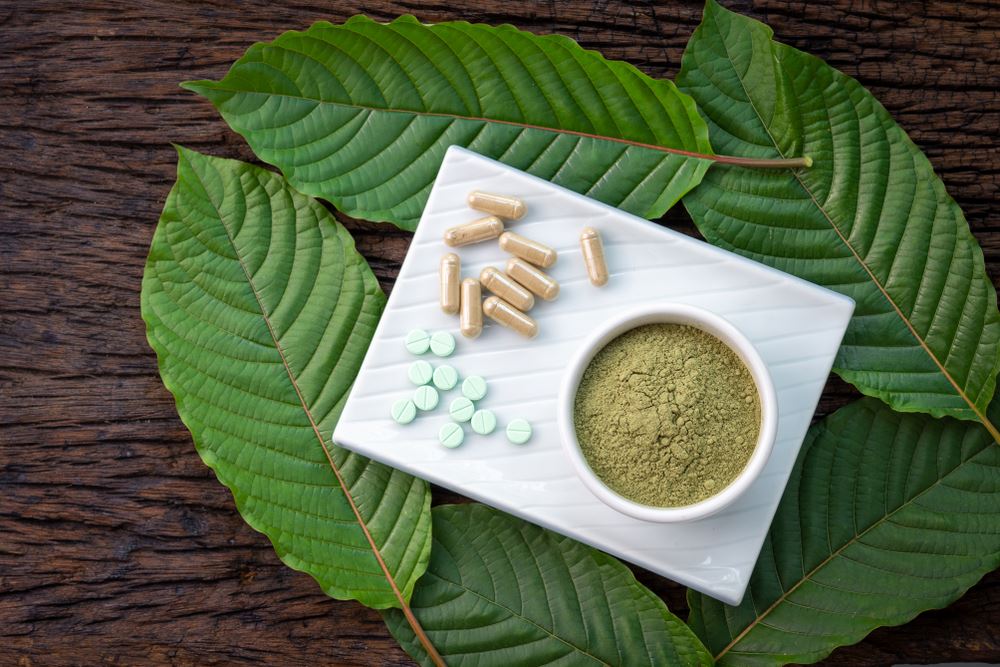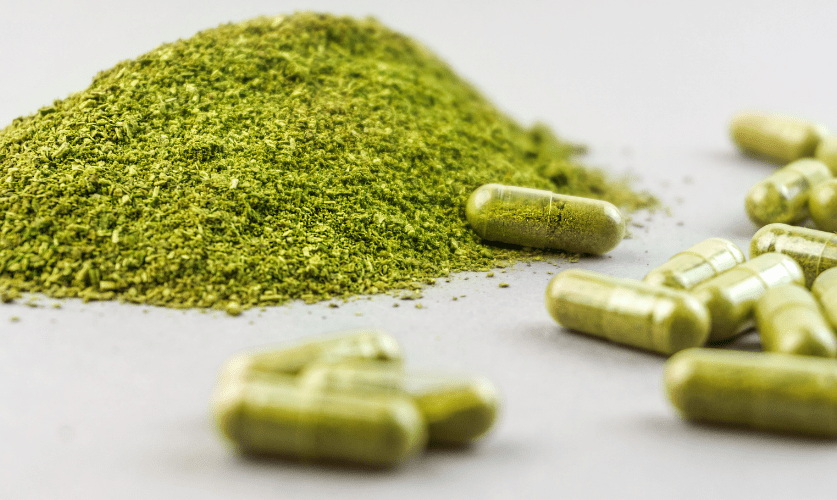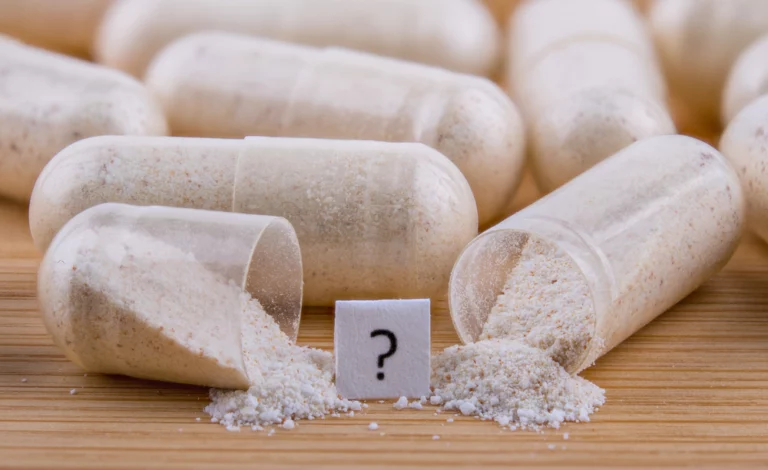What is Kratom and Why Is It Dangerous?
Kratom is a relatively new drug that is legal and very accessible. The substance is derived from a tropical tree native to Southeast Asia with leaves that can produce effects similar to opioid drugs. It is also known as mitragyna, kratum, or ketum. Although the use of kratom has been common in certain parts of Asia for centuries, its popularity has grown significantly in recent years among Western users.
In light of these changes, many people have become curious about what kratom actually is and whether or not it is dangerous. In this article, we’ll explain everything anyone should know about this plant, including its potential side effects and any risk factors involved in using it.
What Is Kratom?
Kratom is a tropical tree native to Southeast Asia with leaves that can produce effects similar to opioid drugs. Kratom is related to the coffee plant and is used as a stimulant, painkiller, and sedative. There are more than 40 varieties of kratom, all of which are in the same family as the coffee tree. Most varieties of kratom are illegal in the United States, but kratom is legal in many other countries, including the United Kingdom, Canada, and Australia.

How Does Kratom Work?
Kratom works by attaching to receptors in the brain that typically respond to opioids. When these receptors are activated, you may experience a range of effects, including euphoria, sedation, and decreased pain. In the brain, kratom acts like a mix between an opioid and a stimulant.
Opioids are naturally produced by the body, and they attach to receptors in the brain and spinal cord to relieve pain and produce feelings of euphoria. Stimulants are chemicals that cause the brain to become more active and alert. Kratom is also thought to affect a neurotransmitter called dopamine that is responsible for feeling pleasure.
This could explain why people use it to alleviate pain and reduce feelings of anxiety. However, it may also be responsible for the increased energy and feelings of euphoria that people report while using kratom.

Side Effects of Kratom
The most common side effects of kratom include:
- Nausea
- Dizziness
- Vomiting
- Sweating
- Itchy skin
- Dry mouth
- Constipation
- Drowsiness
- Confusion
- Impaired judgment
- Seizures
- Hallucinations
- Withdrawal symptoms such as cravings and nausea.
Is Kratom Dangerous Or Just Harmful?
It’s important to note that kratom itself is not a danger to your health. However, people often use it alongside other substances, which can be dangerous and even deadly. Mixing kratom with other substances can produce negative effects that are far more serious than the symptoms of kratom alone.
Because of its powerful effects, kratom is often combined with other drugs. Commonly, people use it with opioids, caffeine, alcohol, and cocaine. Mixing kratom with other drugs has led to many concerning cases of death, hospitalization, and addiction. Kratom can increase the effects of other drugs and cause dangerous side effects. For example, mixing kratom and alcohol can cause nausea, vomiting, and seizures.
Is Kratom Addictive?
Because kratom produces effects similar to opioids, it can be addictive to some people. Additionally, people who start using kratom often become addicted to the substances they mix it with. People who are addicted to kratom may experience withdrawal symptoms if they try to quit.
Withdrawal symptoms include nausea, cravings, and insomnia. However, the severity of these symptoms depends on the amount and length of time that the user takes kratom.
The Dangers Of Mixing Kratom With Other Substances
Kratom has a long history of use in Southeast Asia and has only recently become popular in Western countries. In recent years, it has become increasingly popular among people seeking treatment for opioid addiction. However, the Drug Enforcement Administration (DEA) has started to regulate kratom and has labeled it as a “drug of concern.”
The DEA claims that kratom is dangerous, has effects like opioids, and can be abused by certain users. Additionally, researchers have discovered that many people who use kratom also use other substances, such as caffeine, alcohol, and prescription drugs. Mixing substances like caffeine and alcohol with kratom can increase the effects of all three substances. Over time, this can lead to serious side effects.

Final Words
Kratom is a plant native to Southeast Asia that is often used for medicinal or recreational purposes. Many people use kratom as a substitute for opioid drugs like hydrocodone or oxycodone. However, it is important to note that kratom is not a safe or sustainable alternative to these drugs.
In fact, it can be just as dangerous as opioid drugs, if not more so. Most importantly, you should know that while kratom itself is not dangerous, it is often used alongside other substances. These combinations can be dangerous and even deadly and should be avoided at all costs.
Trust Oasis Recovery Center
Kratom abuse and dependency can affect anyone. If you or a loved one are currently living with a substance abuse or mental health disorder, help is available! We encourage you to reach out to the professionals at Oasis Recovery to learn more about our personalized treatment programs and mental health services.
Oasis Recovery was founded from firsthand experience of addiction and recovery, with a mission of providing a space where people can heal from addiction in a compassionate, creative, open-minded, and heart-centered environment. We believe recovery is always possible. Our experts work with you to design a treatment plan that fits your needs. Common treatment programs include:
- Intensive Outpatient Programs (IOP)
- Full-time Addiction Treatment on campus
- Aftercare Services
Contact us today for more information about how our programs and services can help you get your life back on track. You no longer have to struggle with this on your own. We are here to help.









